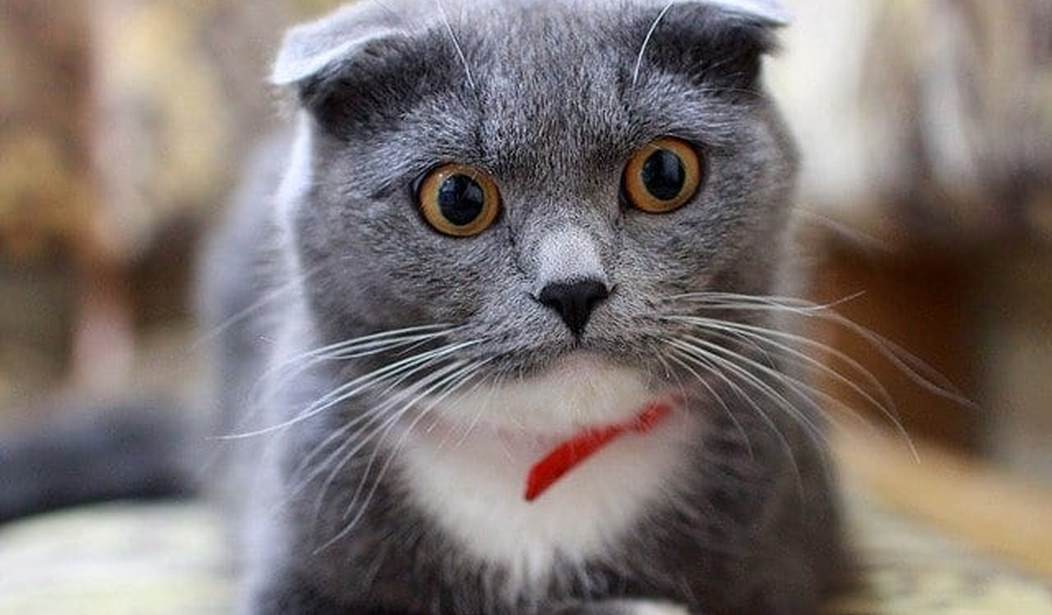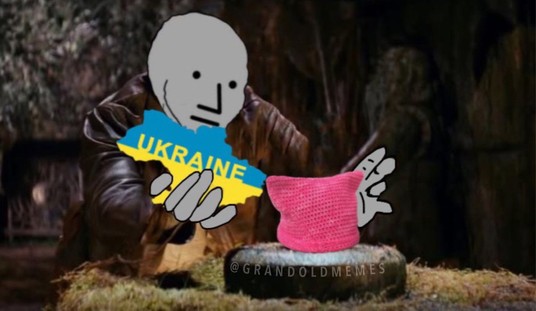Fascinating things are happening with AI-generated music. I don't think that AI is the DOOM OF ALL CREATIVITY, as some people have suggested. What I do believe is that it makes creativity more important by making performance easier. I'll have a VIP article coming soon about AI as an intellectual workbench, but for today, here's some interesting AI music.
Let's see if I can make a whole column out of cat references, shall we?
Hooray for three years of paw-sitively amazing #NASAWebb science! In celebration, the telescope examined a singular “toe bean” of the Cat’s Paw Nebula, a massive star-forming region. Here, Webb reveals gas, dust, and massive young stars: https://t.co/JQaLwsGO9Q (1/2) pic.twitter.com/c0OhBg6f4U
— Space Telescope Science Institute (@SpaceTelescope) July 10, 2025
Well, maybe. But cool picture.
Stars don’t go quietly ✨
— NASA JPL (@NASAJPL) August 8, 2025
A dying star is shaping an unusual planetary nebula, and the Webb telescope’s MIRI instrument was able to peer into the dust to better understand what’s happening. https://t.co/wuYDISYBAS pic.twitter.com/exq1nmzsVz
But we can get a lion in.
August 8th Lion Portal 🦁
— ҉。 Boffo Lin ‘・ ҉• (@boffonap) August 8, 2025
Follow the gentle golden full moonlight
Follow my heart and the flow
Hope you have a nice weekend all friends
✨🌝 pic.twitter.com/pNvnQjNNOh
Okay, it sort of looks like a cat's eye, right?
What would you name this black hole? pic.twitter.com/0etphYhNww
— Science Updates (@SciTechMagazine) August 8, 2025
Solar eclipses are inherently cool. The only cat connection here is that there are no cats here.
Total Solar Eclipse Footage from an Airplane pic.twitter.com/ECpV3dGCEV
— Black Hole (@konstructivizm) August 8, 2025
They're having trouble with launches, but NASA is doing other cool things.
Art meets astronomy! Check out NASA’s Universe of Learning’s new Cosmic Canvas program guides for informal educators—no science background needed. Explore NASA science through creative activities! Get started at: https://t.co/RTaQhsYCt9 pic.twitter.com/qzUHuMzusb
— Space Telescope Science Institute (@SpaceTelescope) August 8, 2025
Perseus is throwing rocks. And yeah, I'm up for viewing it from Malaga. Unfortunately, I'm in Wichita instead.
ATTENTION Sky Lovers!
🌠 ¡Atención, amantes del cielo!
— David García 🔭 (@DavidAstronomo) August 8, 2025
¡Llegan LAS PERSEIDAS!
✨ La lluvia de estrellas más esperada del año.
Y este 2025 viene con Luna pero igualmente vamos a disfrutarla.
¿Te animas a mirar al cielo desde Málaga o donde estés?#Perseidas2025 #AstronomíaParaTodos pic.twitter.com/z8BEV73Djr
It used to be considered a fact that the Moon, with no water, would have no caves. But maybe not.
(Mouse hole?)
— Astronomía Facil (@AstronomiaFacil) August 8, 2025
Some aurora excitement coming.
All eyes on the solar wind! We are entering the CIR (Corotating Interaction Region), compressed plasma region ahead of the expected high speed coronal hole solar wind stream. EPAMp is also rising, indicating the approaching CME from the M4.4 flare two days ago. A G2 storm watch… pic.twitter.com/w1vvyDWBz8
— Jure Atanackov (@JAtanackov) August 8, 2025
Stars. Lots and lots of stars.
Summer dreams, summer #stars
— Panagiotis Xipteras (@xipteras) August 8, 2025
✨✨✨✨✨✨✨✨✨✨✨✨
γ Cygni ✨ pic.twitter.com/Kx3at2vymj
Okay, I admit it. I've had better theme ideas than International Cat Day. But here's the Tarantula Nebula.
This new HubbleFriday view shows a portion of the Tarantula Nebula, one of Hubble's most frequent targets.
— Black Hole (@konstructivizm) August 8, 2025
Located about 160,000 light-years away, this nebula is home to the most massive stars known– some roughly 200 times as massive as our Sun!
Hubble's multiwavelength… pic.twitter.com/l68h3IfY9a
Someone needs to have a word with this Perseus fellow.
🌠 𝗘𝗹𝘀 𝗣𝗲𝗿𝘀𝗲𝗶𝗱𝘀 𝘁𝗼𝗿𝗻𝗲𝗻 𝗮 𝗶𝗹·𝗹𝘂𝗺𝗶𝗻𝗮𝗿 𝗲𝗹 𝗰𝗲𝗹 🌌
— Parc Astronòmic Prades (@parcastroprades) August 8, 2025
Del 9 al 13 d’agost a PRADES viurem aquest espectacle 💫
📷 Y.Abehttps://t.co/UdK2Rj25Ea pic.twitter.com/BdwZGZ8oRe
We've had Wolf-Rayet stars before, but this, with two of them, is pretty rare.
A Bizarre Spiral in a New James Webb Image
— Black Hole (@konstructivizm) August 8, 2025
At the center of the frame is a triple star system: a supergiant and a pair of Wolf-Rayet stars (they appear to merge into one in the image).
Wolf-Rayet stars are typically massive stars in the final stages of their lives. They lose… pic.twitter.com/CKVo9RShNz
Galaxy "collisions" are really misnamed. What they really are is more like the occasional film of two marching bands taking the field at the same time — few or no actual collisions, but lots of confusion and disorder. That can last for millions of billions of years.
NASA’s Hubble Space Telescope — The Medusa Merger
— Black Hole (@konstructivizm) August 8, 2025
This galaxy, captured in breathtaking detail, bears a name as evocative as its appearance: the Medusa Merger. Officially cataloged under the more clinical designation NGC 4194, it wasn’t always a single cosmic entity. Long ago, a… pic.twitter.com/JW4CLfZA6F
There is so much happening in the universe, and so much is happening too slowly for us to really see. But we can imagine.
I pointed my telescope at a faint nebula in Cepheus for 24 hours, and it revealed a mysterious stellar nursery, filled with incomprehensible beauty. pic.twitter.com/wPTKkCpB8y
— Andrew McCarthy (@AJamesMcCarthy) August 7, 2025
And to sort of return to today's theme, here's Andrew McCarthy's cat, Gregory.
Gregory woke up from his nap looking like years have passed pic.twitter.com/qDwSitQtUA
— Andrew McCarthy (@AJamesMcCarthy) August 6, 2025
So, happy International Cat Day. I'll see you all next week.










